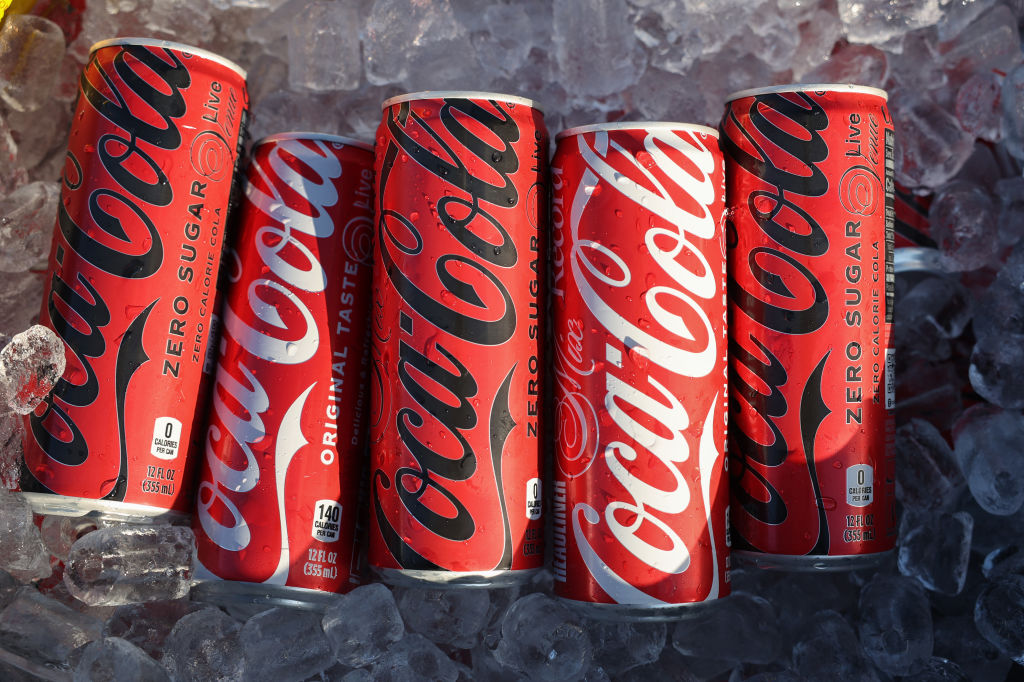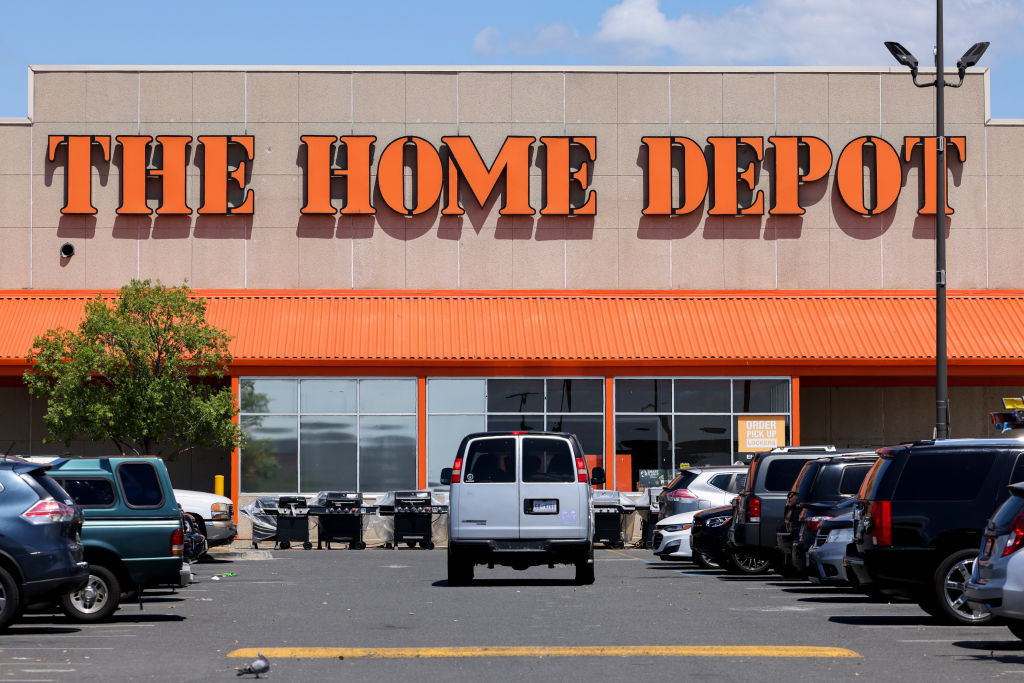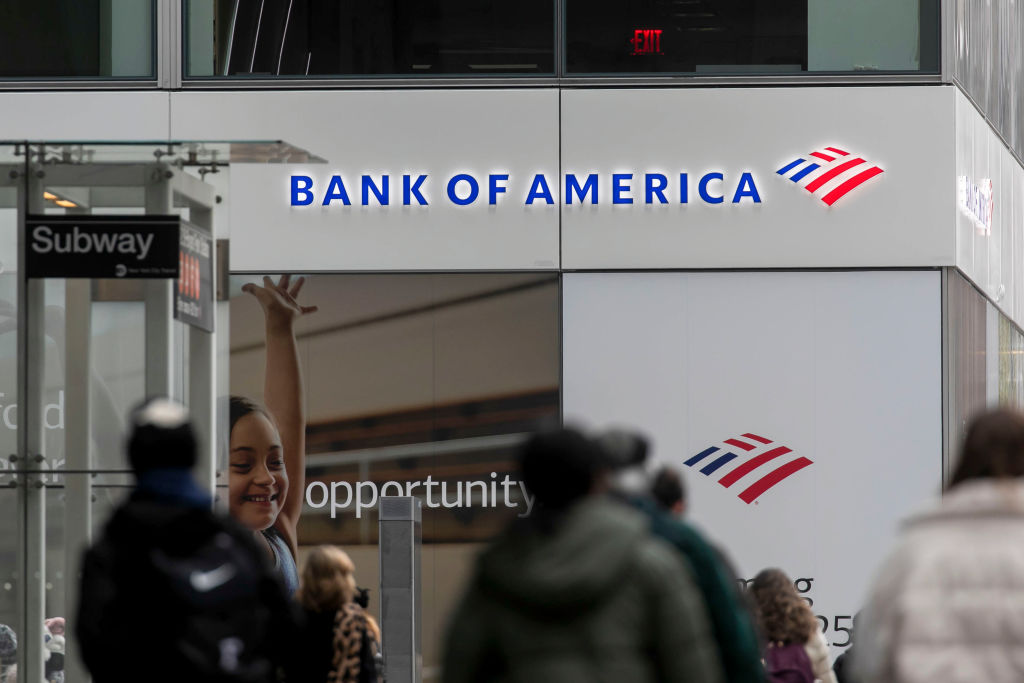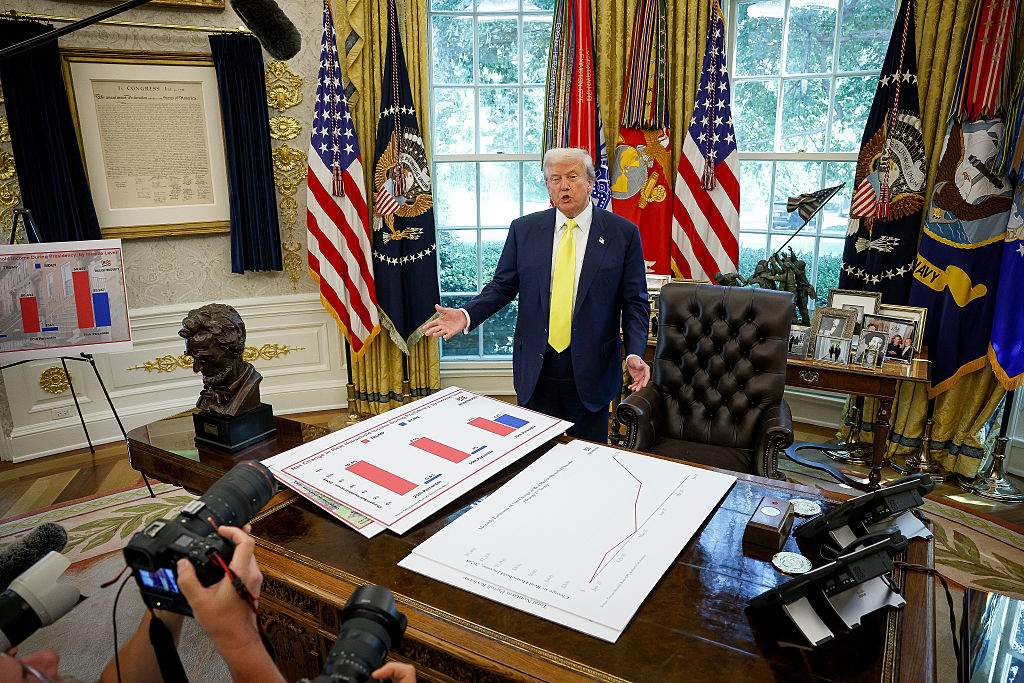Bear Stearns: Tip of the Iceberg
We expect more bank meltdowns as the subprime mortgage mess continues to play out.
JP Morgan's bailout for Bear Stearns became more permanent late in the day March 16, when the bank announced it was buying the ailing brokerage for $2 a share. The government quickly approved the deal to avert Bear's bankruptcy and prevent panic overseas before financial markets opened in Asia.
Bear Stearns' stock (symbol BSC) has shed 80% of its value since last summer, when the credit markets erupted.
We wish we could say that this will be an isolated case of investment-bank insolvency. True, Bear Stearns dined out on subprime mortgage-backed securities, the epicenter of the financial earthquake, and so was particularly vulnerable to the collapse of this exotic, Wall Street-created market. But we expect more bank insolvencies and severe distress in the banking system as the housing bubble deflates.
From just $107.88 $24.99 for Kiplinger Personal Finance
Become a smarter, better informed investor. Subscribe from just $107.88 $24.99, plus get up to 4 Special Issues

Sign up for Kiplinger’s Free Newsletters
Profit and prosper with the best of expert advice on investing, taxes, retirement, personal finance and more - straight to your e-mail.
Profit and prosper with the best of expert advice - straight to your e-mail.
The problem begins on the asset side of the balance sheet with crumbling housing prices. Housing prices have fallen more than 10% since they peaked in mid-2006, erasing about $2.5 trillion of household wealth, says Desmond Lachman of American Enterprise Institute. He notes that the rate of decline accelerated in the fourth quarter of 2007 to an annualized rate of 20% and projects that prices will fall another 10% to 15% this year.
House prices are still hugely overvalued relative to household incomes, Lachman says. New homebuilding is in a free fall, inventories of unsold homes and home-vacancy rates remain at record highs and foreclosures are soaring. It's a nasty stew. So regardless of the Fed's interest-rate cuts and the government's fiscal stimulus, housing prices appear to be headed lower.
Now let's look on the liability and equity side of the balance sheet. A few months ago Jan Hatzius, economist at Goldman Sachs, estimated that bank losses from mortgage securities would reach $400 billion, which could precipitate a $2 trillion contraction in bank lending in the economy. Banks, after all, are heavily leveraged businesses.
Hatzius recently raised his estimate of bank losses on mortgages to $500 billion. This doesn't include growing losses on leveraged loans, high-yield securities, construction companies and other markets increasingly in distress. The losses could induce a $3 trillion contraction in credit, which would clearly harm the economy.
But that raises another problem for the banks and the housing market: They're stuck in a vicious cycle, or "adverse feedback loop," as economists like to call it. As home prices fall and losses mount on mortgage securities, the banks boost write-offs, which reduces their equity and lending ability. So they tighten lending standards and shrink their loan books -- de-leveraging -- which helps to force down housing prices.
Finally, we get to the complex derivatives, such as collateralized debt obligations, that banks hold on or off balance sheets. Bob Rodriguez of FPA Capital fund notes in his shareholder letter that vastly more debt has been created outside the banking system this decade, such as through mortgage securitizations, than through the banks.
Nominally banks are one of the most tightly regulated industries, with strict rules for capital ratios. Yet banks have strangely been permitted to value structured financial instruments in seemingly arbitrary ways.
The banks say they "mark to model" when they value these instruments for which there often is no liquid market. Rodriguez writes: "I refer to 'marking to model' as 'Imaginary Accounting.' You imagine a price and then you account for it at that price. Many of these securities values are predicated on valuation models that were created by management. This is like having the fox guard the hen house."
We don't know how or when the unraveling of the banking system will end. Until it does, the stock market will be held captive (the Dow Jones industrial average fell almost 200 points on March 14).
The recapitalization will unfortunately require more capital injections from our overseas friends in the Persian Gulf, China and elsewhere. And it's hard to imagine a solution without heavy U.S. government intervention. John Makin, an economist at American Enterprise Institute, thinks the choice will be "to monetize or nationalize" -- that is, to inflate the economy or take over the banking system. Neither choice sounds too appetizing.
Profit and prosper with the best of Kiplinger's advice on investing, taxes, retirement, personal finance and much more. Delivered daily. Enter your email in the box and click Sign Me Up.
Andrew Tanzer is an editorial consultant and investment writer. After working as a journalist for 25 years at magazines that included Forbes and Kiplinger’s Personal Finance, he served as a senior research analyst and investment writer at a leading New York-based financial advisor. Andrew currently writes for several large hedge and mutual funds, private wealth advisors, and a major bank. He earned a BA in East Asian Studies from Wesleyan University, an MS in Journalism from the Columbia Graduate School of Journalism, and holds both CFA and CFP® designations.
-
 Fed's Rate Cuts Could Have Impacts You Might Not Anticipate
Fed's Rate Cuts Could Have Impacts You Might Not AnticipateUnderstanding how lower interest rates could impact your wallet can help you determine the right financial moves to make.
-
 Past Performance Is Not Indicative of Your Adviser's Expertise
Past Performance Is Not Indicative of Your Adviser's ExpertiseMany people find a financial adviser by searching online or asking for referrals from friends or family. This can actually end up costing you big-time.
-
 I'm want to give my 3 grandkids $5K each for Christmas.
I'm want to give my 3 grandkids $5K each for Christmas.You're comfortably retired and want to give your grandkids a big Christmas check, but their parents are worried they might spend it all. We ask the pros for help.
-
 If You'd Put $1,000 Into Coca-Cola Stock 20 Years Ago, Here's What You'd Have Today
If You'd Put $1,000 Into Coca-Cola Stock 20 Years Ago, Here's What You'd Have TodayEven with its reliable dividend growth and generous stock buybacks, Coca-Cola has underperformed the broad market in the long term.
-
 If You Put $1,000 into Qualcomm Stock 20 Years Ago, Here's What You Would Have Today
If You Put $1,000 into Qualcomm Stock 20 Years Ago, Here's What You Would Have TodayQualcomm stock has been a big disappointment for truly long-term investors.
-
 If You'd Put $1,000 Into Home Depot Stock 20 Years Ago, Here's What You'd Have Today
If You'd Put $1,000 Into Home Depot Stock 20 Years Ago, Here's What You'd Have TodayHome Depot stock has been a buy-and-hold banger for truly long-term investors.
-
 What the Rich Know About Investing That You Don't
What the Rich Know About Investing That You Don'tPeople like Warren Buffett become people like Warren Buffett by following basic rules and being disciplined. Here's how to accumulate real wealth.
-
 If You'd Put $1,000 Into Bank of America Stock 20 Years Ago, Here's What You'd Have Today
If You'd Put $1,000 Into Bank of America Stock 20 Years Ago, Here's What You'd Have TodayBank of America stock has been a massive buy-and-hold bust.
-

 If You'd Put $1,000 Into Oracle Stock 20 Years Ago, Here's What You'd Have Today
If You'd Put $1,000 Into Oracle Stock 20 Years Ago, Here's What You'd Have TodayORCL Oracle stock has been an outstanding buy-and-hold bet for decades.
-
 How to Invest for Rising Data Integrity Risk
How to Invest for Rising Data Integrity RiskAmid a broad assault on venerable institutions, President Trump has targeted agencies responsible for data critical to markets. How should investors respond?
-
 If You'd Put $1,000 Into Sherwin-Williams Stock 20 Years Ago, Here's What You'd Have Today
If You'd Put $1,000 Into Sherwin-Williams Stock 20 Years Ago, Here's What You'd Have TodaySherwin-Williams stock has clobbered the broader market by a wide margin for a long time.